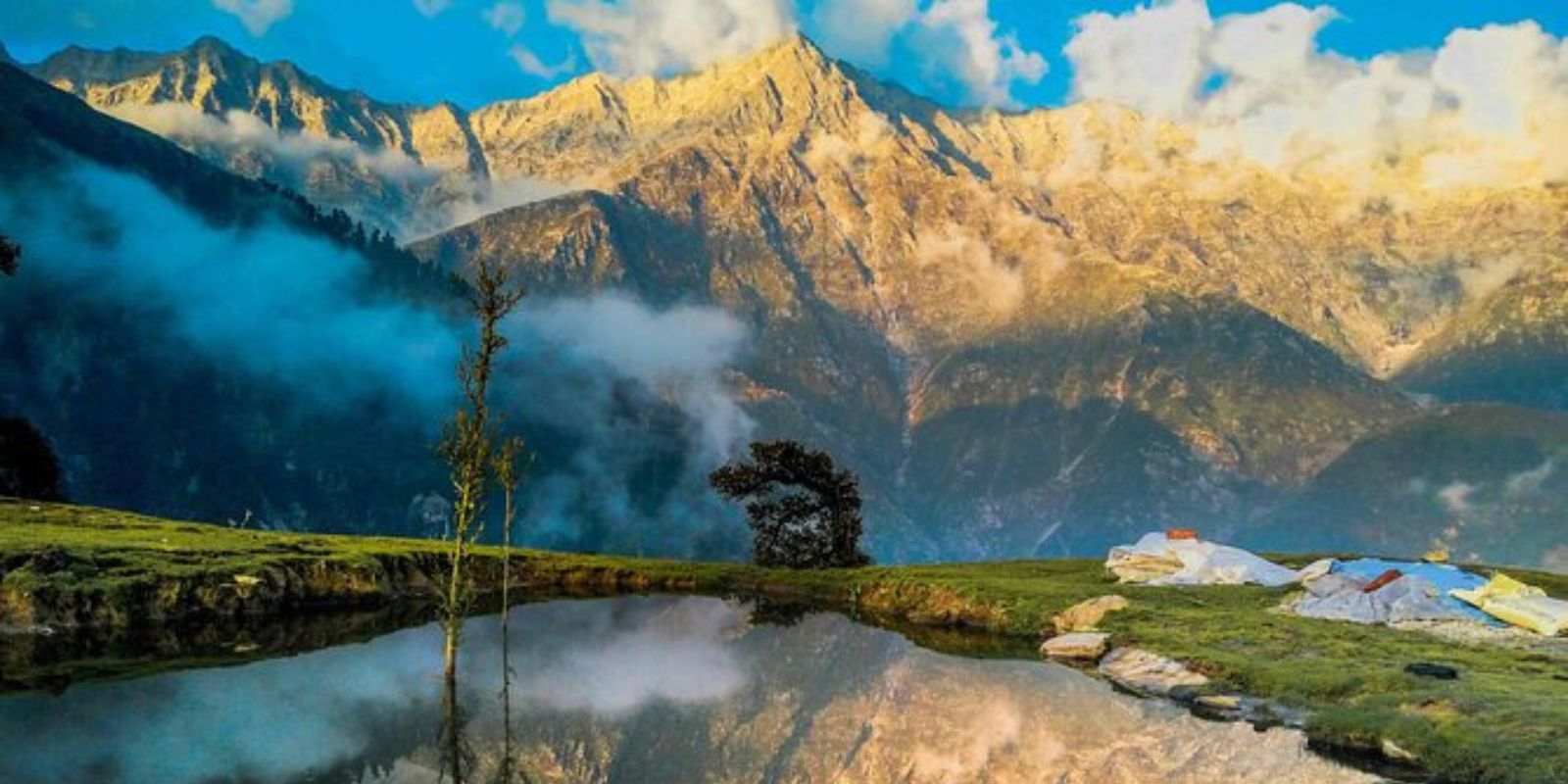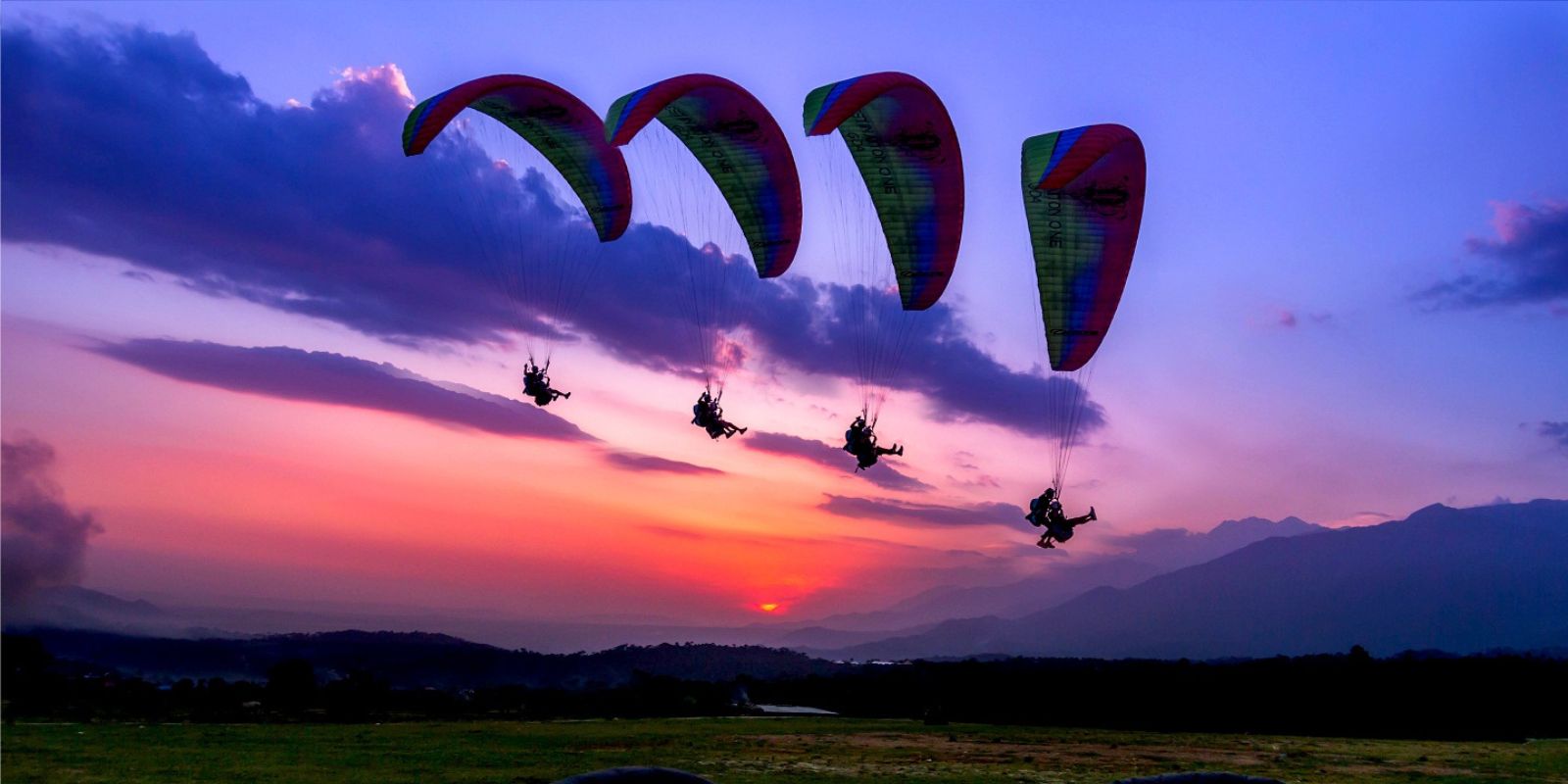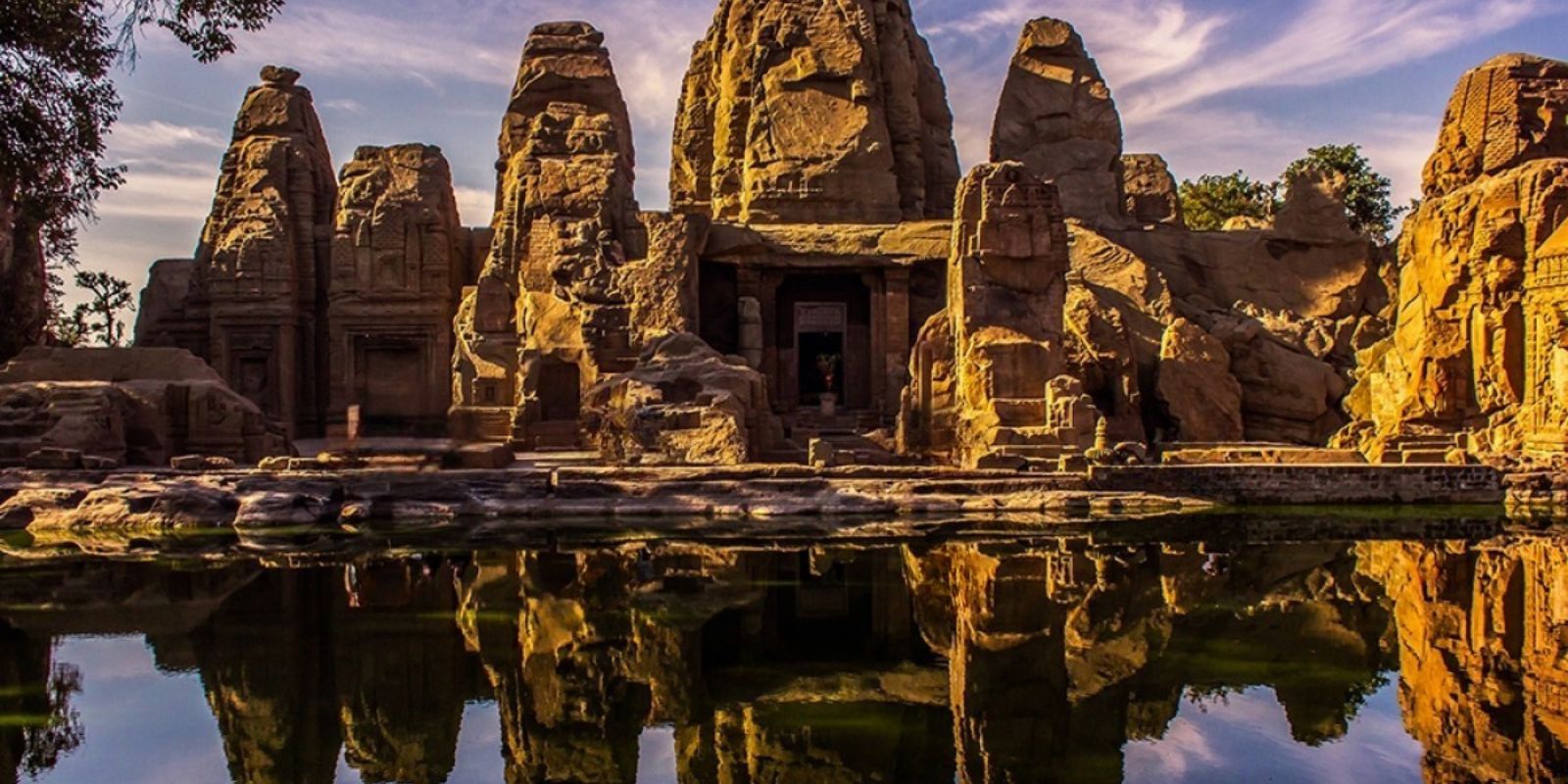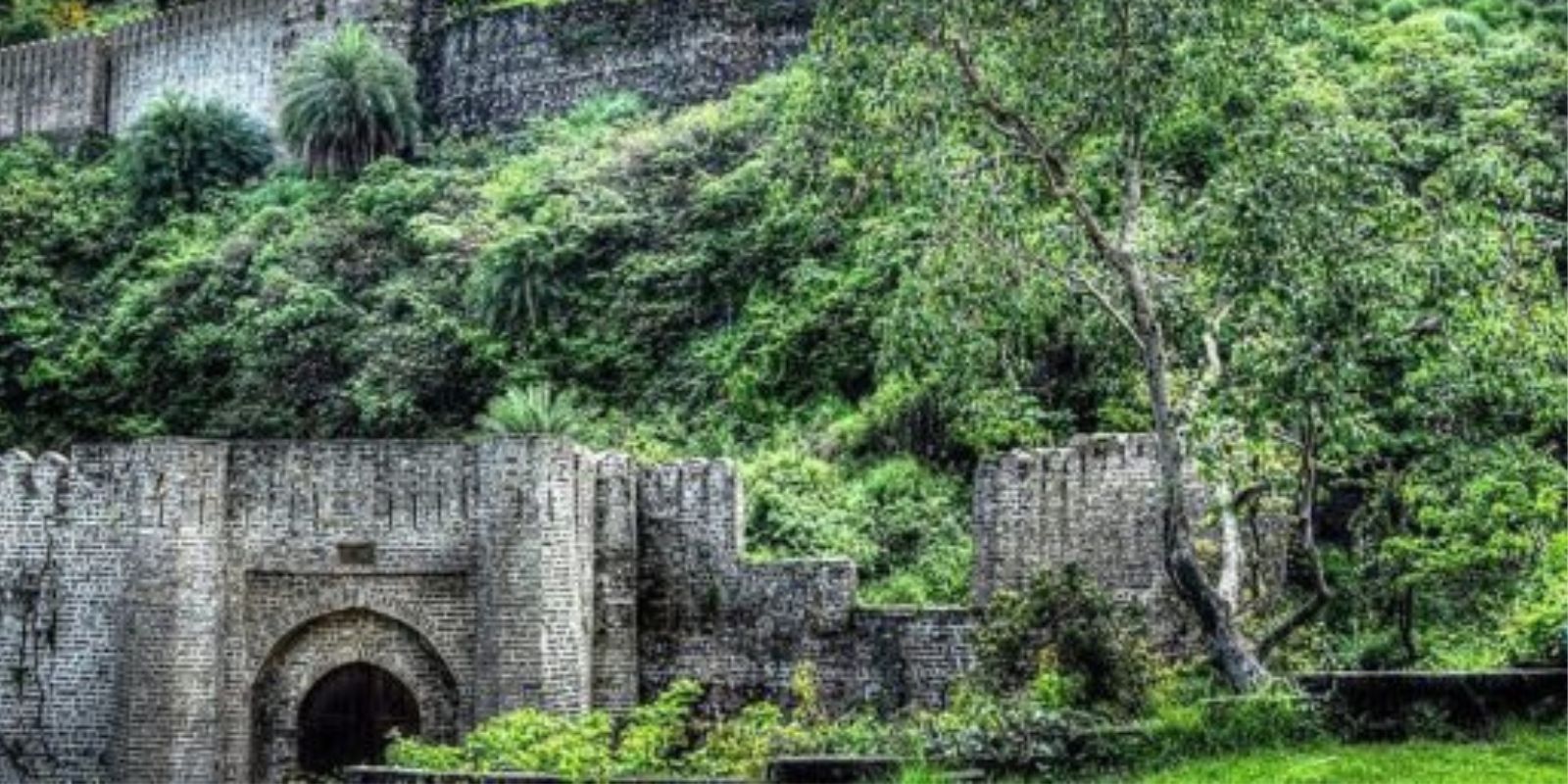In the serene foothills of Dharamshala, Gyuto Monastery rests like a song that remembers silence. It is not just a place of practice it is practice. The very air here is thick with mantra, filled with the quiet strength of monks whose lives are aligned with the breath of the sacred.
Why This Experience Matters
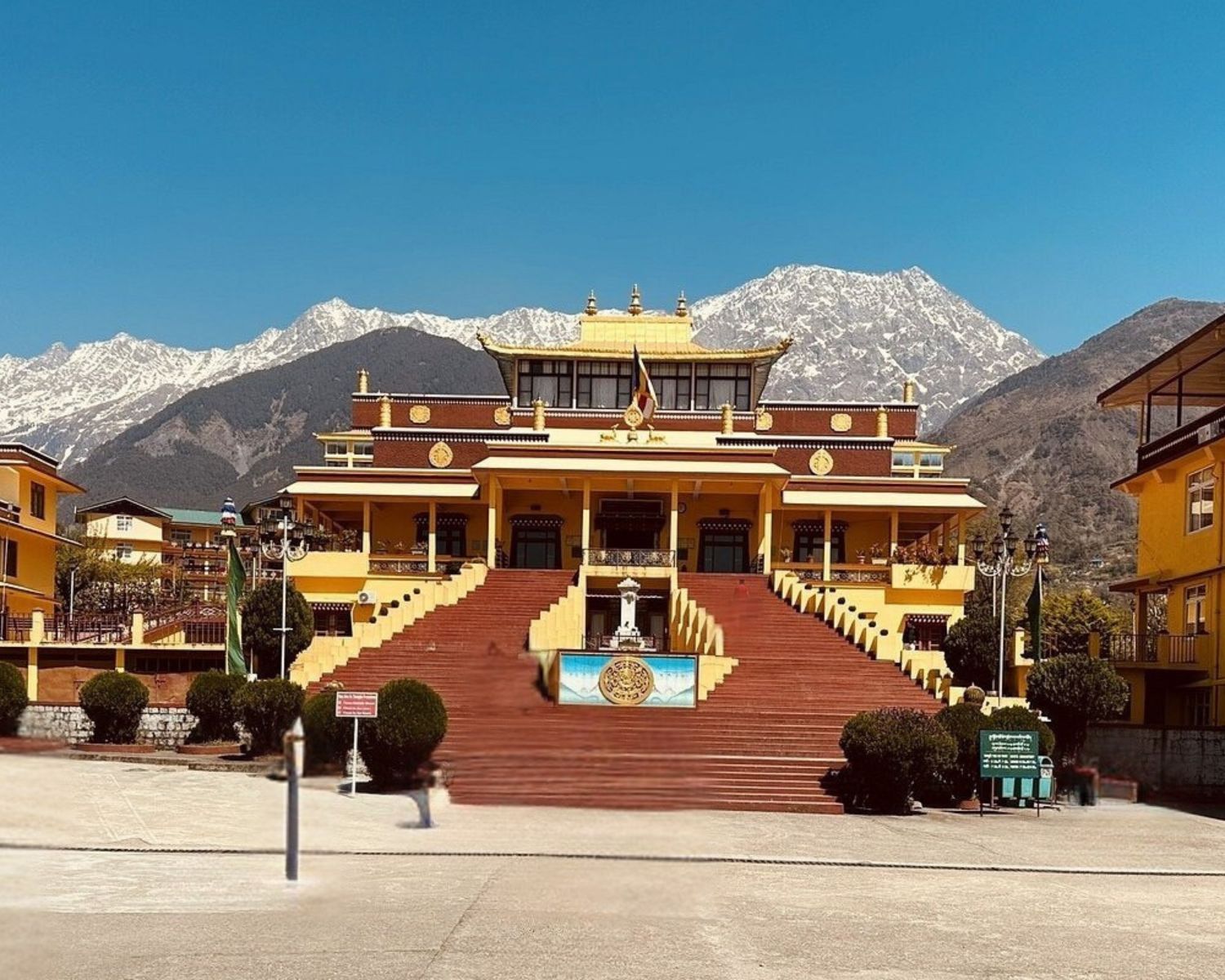
- Gyuto Monastery doesn’t call to the tourist it whispers to the seeker.
- Each vibration of its deep, harmonic chants invites you inward, asking nothing but presence.
- It is a space where sound becomes prayer and prayer becomes space.
- You don’t visit Gyuto you enter it, in every sense.
A Living Legacy
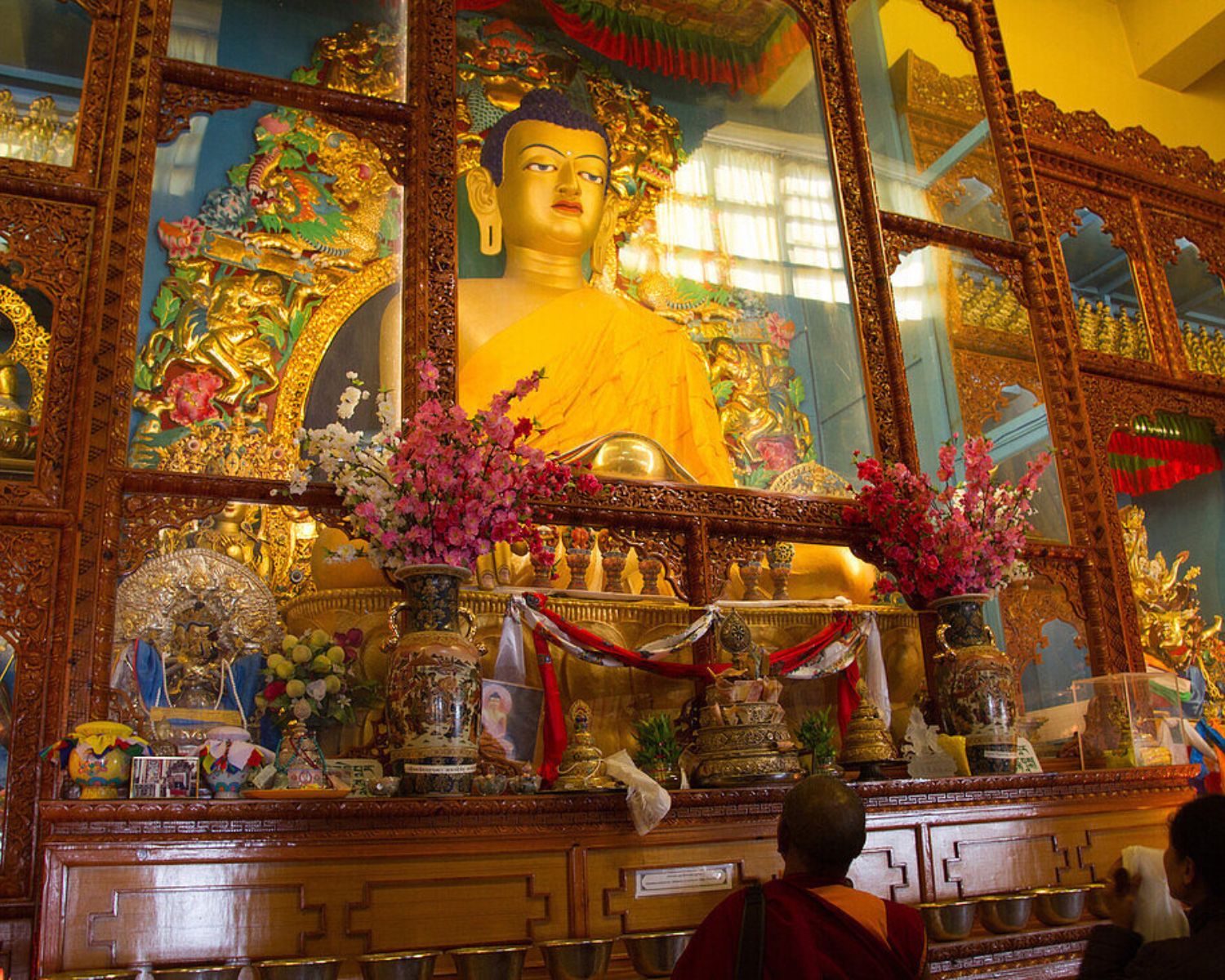
Founded in the 15th century in Tibet by the disciple of Tsongkhapa, Gyuto Monastery is a prominent center of the Gelugpa tradition of Tibetan Buddhism.
Re-established in India after the 1959 Tibetan exile, its monks are renowned for their unique overtone chanting a sacred art passed through lifetimes.
The monastery today houses both spiritual training and philosophical study for young monks, under the gaze of snow-covered peaks.
Traditions That Still Flow
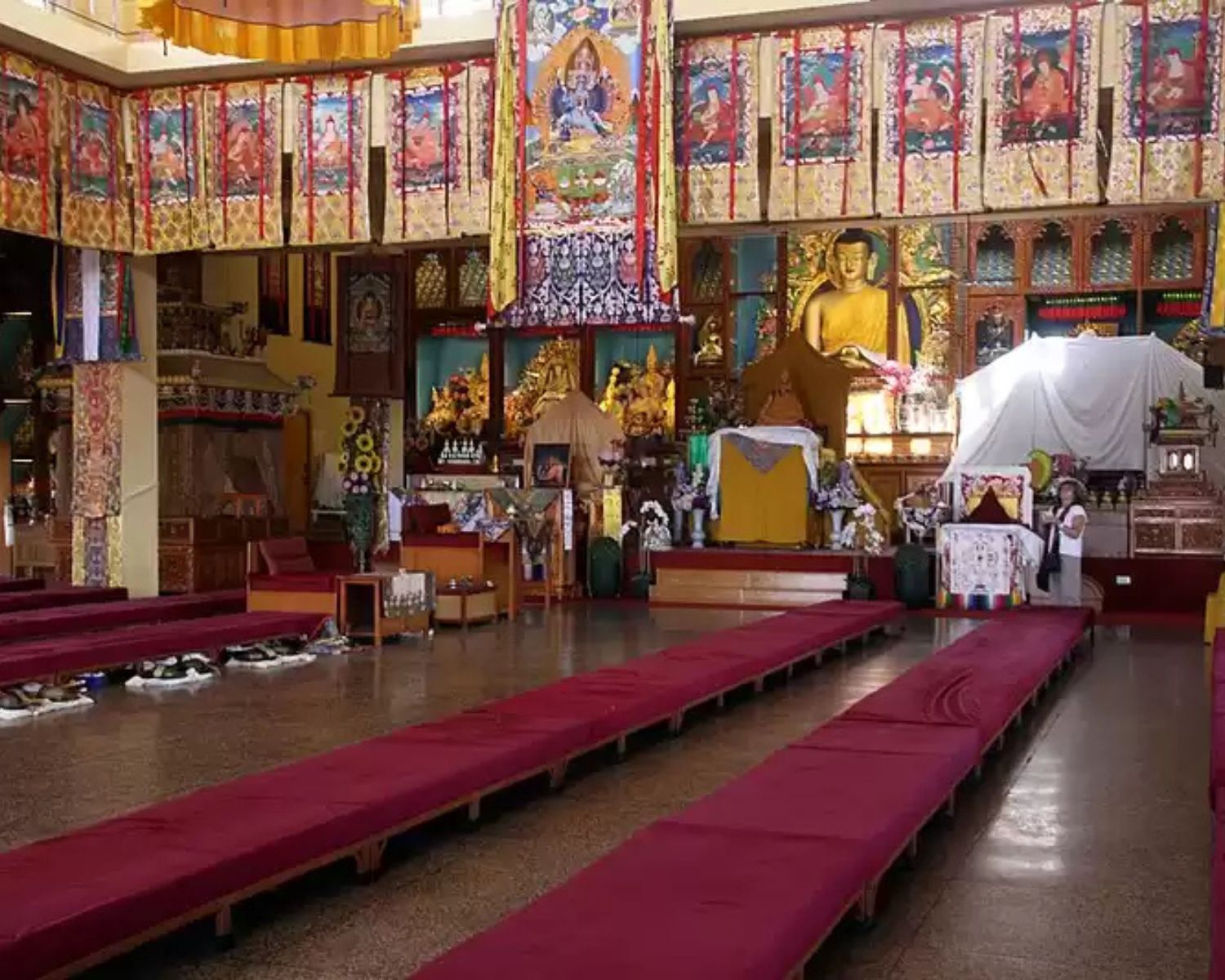
- Early morning chants echo across the valley vibrating through floor, skin, and sky.
- Butter lamps are offered in quiet corners, glowing with prayers unspoken.
- Sacred texts are recited daily, and tantric rituals are observed on auspicious days.
- Devotees and visitors can sit in stillness during open prayers and teachings.
What to Expect During Your Visit

- Spend 1-1.5 hours exploring, sitting, and simply listening.
- Begin with a silent circumambulation around the gompa (temple), then find a seat for morning chants if permitted.
- Best visited at sunrise or early morning for chants and peace; late afternoon for soft light and shadows.
- The sound of throat chanting rolling like thunder through your chest.
- The soft clicking of prayer wheels turned by wrinkled hands.
- Golden statues of the Buddha shining with quiet knowing.
- Wind in the flags carrying your unformed prayers upward.
- And most of all the unshakeable calm that follows you down the hill.
Practical Guidance
- Best Time to Visit: October to March for clear views and cooler air
- Getting There: 9 km from Dharamshala; taxis or buses from McLeod Ganj or Dharamkot
- Accessibility: Temple is accessible; monastery grounds include some slopes
- Tickets & Guides: Free entry; no formal guide required silence will lead you
Travel Tips & Etiquette
Guidelines
- Open to visitors from 9:00 am to 5:00 pm
- Free entry; donations welcome
- Restroom facilities available
- Morning prayer (puja) is the most powerful time to visit
Restrictions
- Dress modestly and remove shoes before entering temple halls
- Photography permitted outside; ask before capturing monks or interiors
- Speak softly; sit in silence if observing prayer
- Consider lighting a butter lamp as a quiet offering

